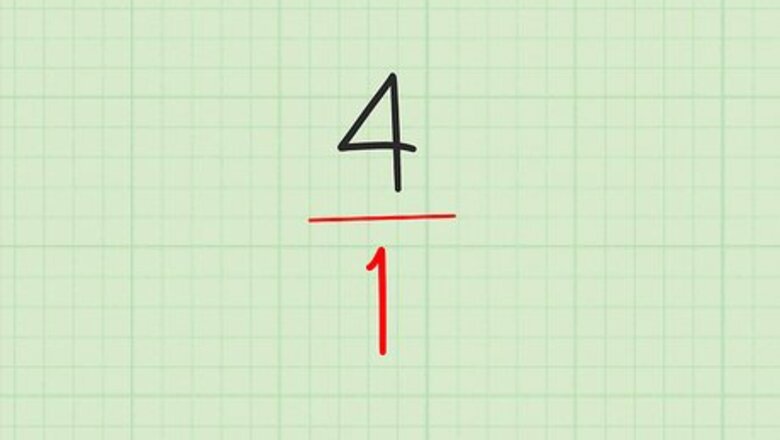
views
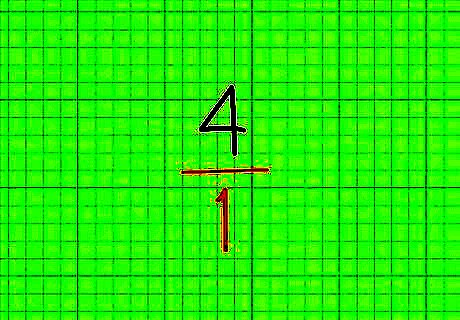
Express the whole number as a reduced proper fraction. The whole number is the numerator, and 1 is the denominator. For example, if the whole number is 4, the numerator of the fraction is 4, and the denominator is 1. Thus, 4/1.
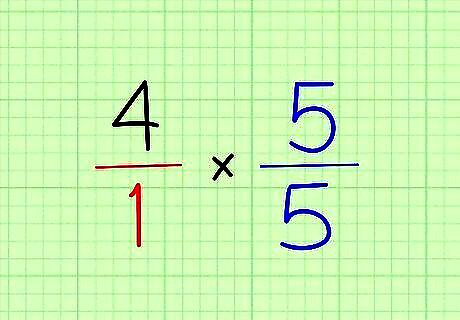
Choose any fraction equivalent to 1. A fraction is equivalent to 1 if its numerator is the same as its denominator. Examples are 3/3, 5/5, and 7/7.
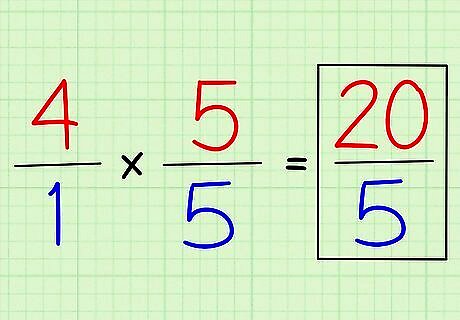
Multiply the whole number by the fractional equivalent of 1. Take the improper fraction chosen in Step 1 above. Multiply it by any fraction that equals 1. This does not change the value of the original improper fraction. For example, multiply 4/1 by 5/5 (numerator times numerator, and denominator times denominator). 4/1 multiplied by 5/5 equals 20/5. You now have an unreduced improper fraction with the value of 4. Examples of improper fractions that equal 4 include 4/1, 8/2, 12/3, 16/4, 20/5 and 24/6. Note that in each fraction, the numerator is four times the denominator. If the original whole number had been, for instance, 5 rather than 4, the numerator of an equivalent improper fraction would be five times the denominator. Convert a Whole Number to an Improper Fraction Step 3 Version 2.jpg











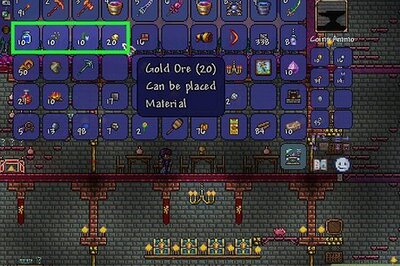






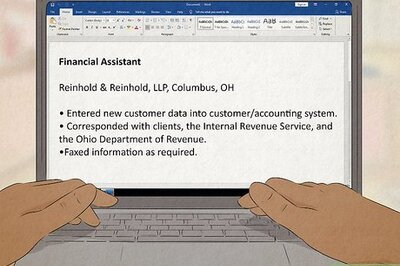

Comments
0 comment